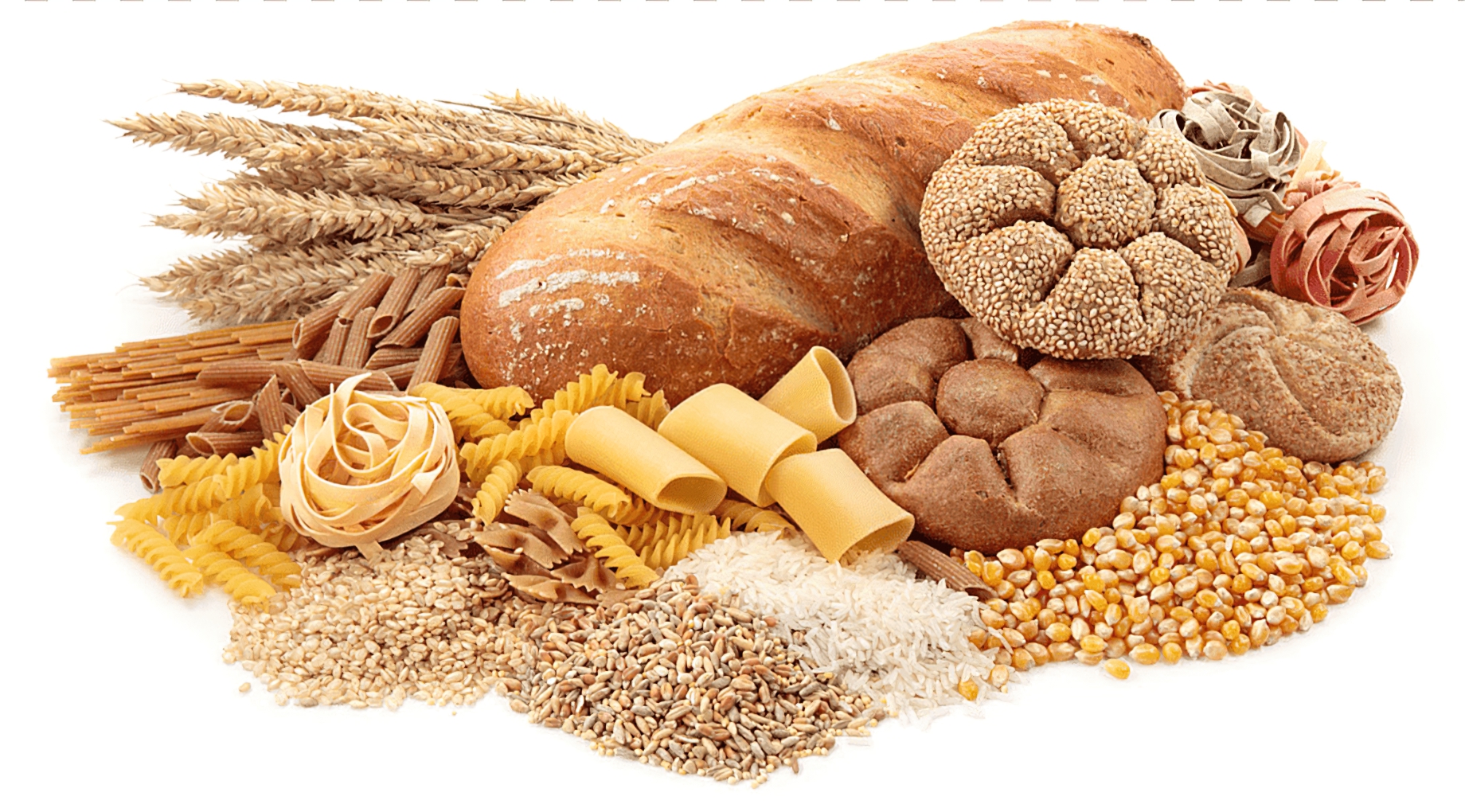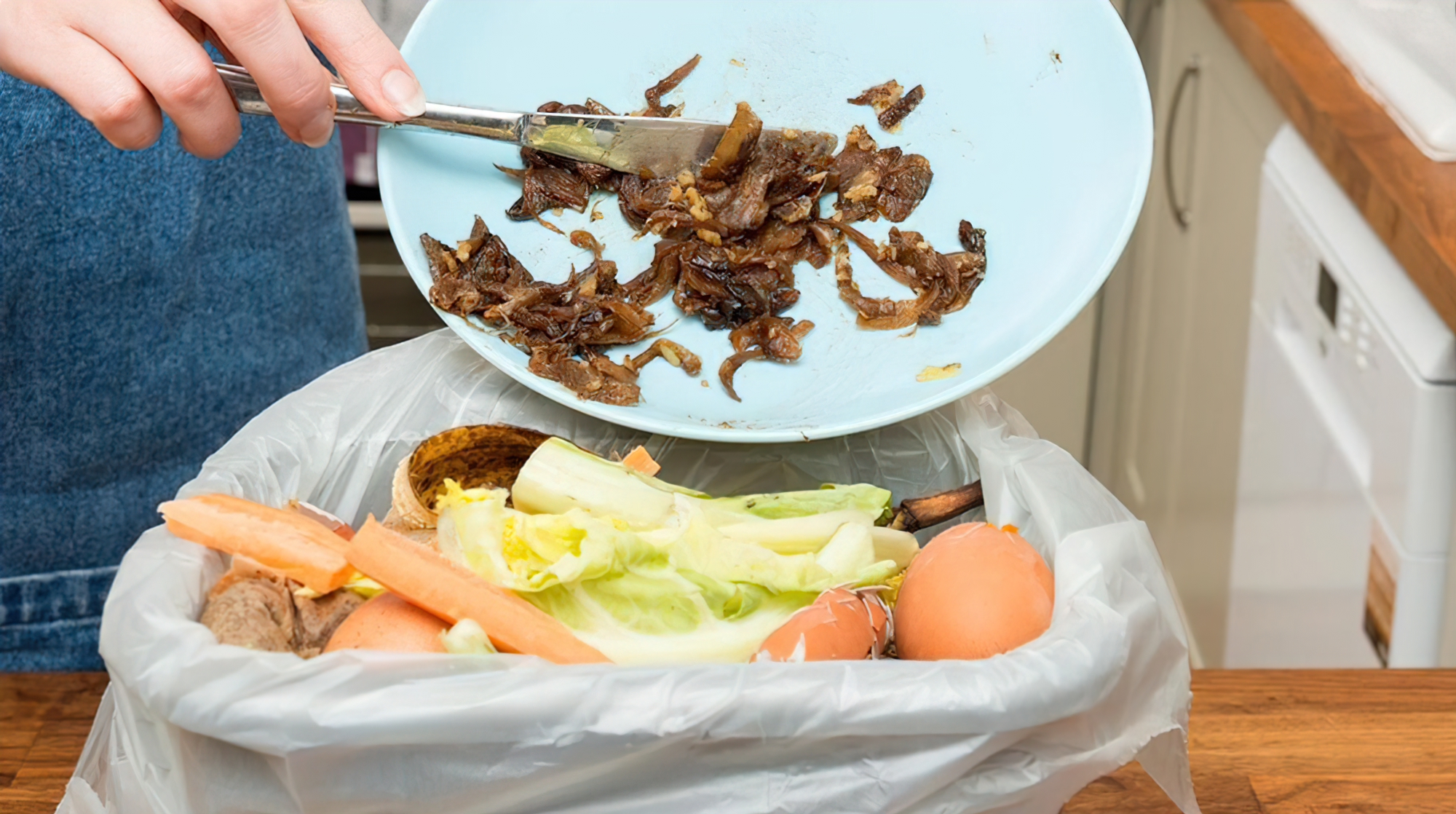Grocery shopping can be overwhelming, especially when you’re trying to make healthy choices. With so many options available, it can be difficult to know which foods are the best for your health and your budget. In this article, we will provide some tips on how to make smart choices when grocery shopping.
-
Content
- Make a List
- Shop the Perimeter
- Read Labels
- Buy in Bulk
- Choose Whole Foods
- Avoid Impulse Buys
- Consider the Environmental Impact
- Shop Seasonally
- Don’t Forget About Frozen and Canned Foods
- Look for Sales and Coupons
- Choose Lean Proteins
- Don’t Be Afraid of Spices and Herbs
- Plan for Leftovers
- Stay Hydrated
- Practice Mindful Eating
Make a List
The first step in making smart choices when grocery shopping is to make a list. This will help you stay focused and avoid impulse purchases. Before you go to the store, take some time to plan out your meals for the week and make a list of the foods you need to buy.
-
Shop the Perimeter

When you enter the grocery store, try to focus on the perimeter. This is where you will find the fresh produce, meat, and dairy products. These are the foods that should make up the majority of your diet. Try to avoid the center aisles, which are usually filled with processed foods and snacks.
-
Read Labels
When you are shopping for packaged foods, it is important to read the labels. Look for products that are low in sugar, sodium, and saturated fat. Also, pay attention to the serving size and the number of servings per package. This will help you avoid overeating and consuming too many calories.
-
Buy in Bulk
Buying in bulk can be a smart choice when it comes to grocery shopping. This is especially true for non-perishable items like beans, grains, and nuts. Buying in bulk can save you money and reduce packaging waste.
-
Choose Whole Foods

When you are shopping for fruits, vegetables, and grains, try to choose whole foods. These foods are minimally processed and contain more nutrients than their refined counterparts. Whole foods are also less likely to contain added sugars, sodium, and other unhealthy additives.
-
Avoid Impulse Buys
Impulse buys can derail your healthy eating plans and your budget. To avoid impulse buys, try to stick to your list and avoid shopping when you are hungry. If you do have a craving for a particular food, try to find a healthier alternative or limit your portion size.
-
Consider the Environmental Impact
When you are shopping for groceries, it is important to consider the environmental impact of your choices. Try to choose foods that are grown and produced in a sustainable manner. This can include choosing organic, locally grown produce or selecting foods that are packaged in eco-friendly materials.
-
Shop Seasonally

Shopping for seasonal produce is not only a smart choice for your wallet but also for the environment. Seasonal produce is often less expensive, tastes better, and has a lower carbon footprint since it doesn’t have to be transported long distances. Additionally, when you buy seasonal produce, you support local farmers and their communities.
-
Don’t Forget About Frozen and Canned Foods
Frozen and canned fruits and vegetables can be a convenient and cost-effective option when fresh produce is not available or too expensive. These foods are often picked and packaged at their peak freshness, preserving their nutrients. Just make sure to choose products without added sugars or sodium.
-
Look for Sales and Coupons
Grocery stores frequently offer sales and coupons, which can help you save money on healthy foods. Check your local store’s weekly ad or website for deals on fresh produce, meat, and dairy products. You can also sign up for the store’s loyalty program to receive exclusive offers and discounts.
-
Choose Lean Proteins
When selecting meat, poultry, and fish, choose lean cuts that are lower in saturated fat. Look for options like skinless chicken breast, turkey, and fish like salmon and tuna. Plant-based protein sources like beans, lentils, and tofu are also great options for a healthy diet.
-
Don’t Be Afraid of Spices and Herbs
Spices and herbs are a great way to add flavor to your meals without adding calories, salt, or sugar. Experiment with different seasonings to find new and exciting flavor combinations. Fresh herbs like basil, cilantro, and parsley can also be used to add freshness and brightness to your dishes.
-
Plan for Leftovers

Planning for leftovers can help you save time and money. Cook larger portions of meals and pack leftovers for lunch or freeze them for later. This can also help reduce food waste since you will be using up ingredients before they spoil.
-
Stay Hydrated
Staying hydrated is important for overall health and can also help curb cravings for unhealthy foods. Make sure to drink plenty of water throughout the day and choose low-sugar beverages like herbal tea and sparkling water.
-
Practice Mindful Eating
Finally, when you are eating, practice mindful eating. This means paying attention to your food, eating slowly, and savoring each bite. By doing so, you can better tune in to your body’s hunger and fullness signals, which can help you avoid overeating and make healthier choices.
In summary, making smart choices when grocery shopping can seem overwhelming, but it doesn’t have to be. By following these tips, you can make healthier choices for yourself and the environment, while also saving money and enjoying delicious meals. Remember to make a list, shop the perimeter, read labels, buy in bulk, choose whole foods, avoid impulse buys, consider the environmental impact, shop seasonally, look for sales and coupons, choose lean proteins, use spices and herbs, plan for leftovers, stay hydrated, and practice mindful eating. Happy shopping!



